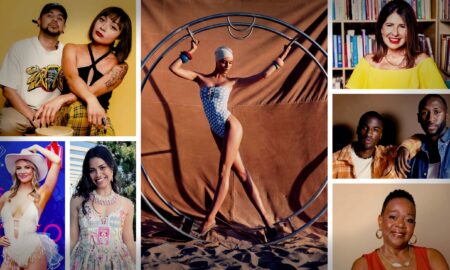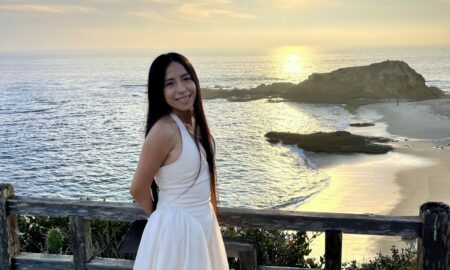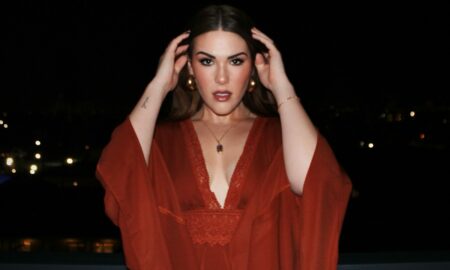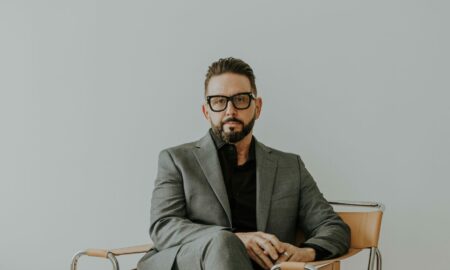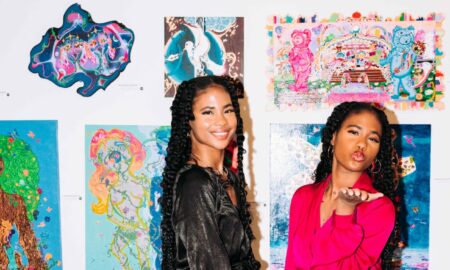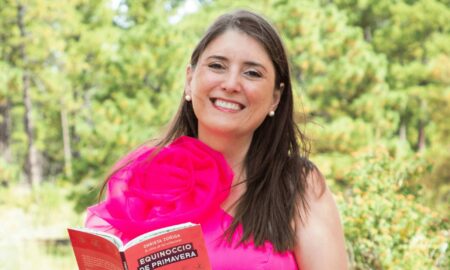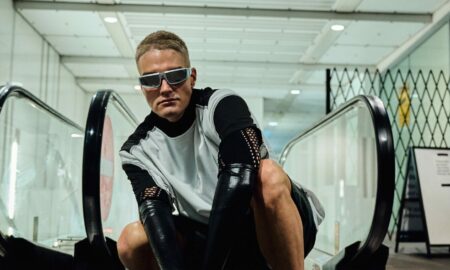

Today we’d like to introduce you to Camille Wong.
Camille, please share your story with us. How did you get to where you are today?
I was born in Oakland, CA and grew up with my mother and grandparents. It was a household of differing cultural values and beliefs that became evident as I grew into my adolescence — I say this as a revelation because this deeply impacted my relationship with art for most of my life. It wasn’t until I arrived at the University of California, Santa Barbara did I grow to understand that being an “artist” was a way of seeing and not just as a profession. I received two degrees: Environmental Studies for a long list of heroic reasons that I recited to pragmatic family members, high-handed adults, and myself, occasionally; and Art for the single reason that it felt impenetrable. At the time, I divorced the two in my mind, still believing that I had to make a choice that my choice should safely lead me to security. Sometime in my last year, after someone had sagely advised me to always stay curious, did I begin to chase that feeling.
After graduating, I moved to Los Angeles where I took on various odd-end jobs, working minimum wage basically everywhere I went. All the while, knowing that I was exactly where I needed to be. During my second year here, I found myself working two jobs — a part-time at a well-positioned gallery, and a second job working as an artist assistant. I worked everyday for the entirety of 2019, and it was both the best and worst decision of my life. I cut my teeth at the gallery learning what it meant to foster your practice and how institutional support can help further your career. I also learned how BS institutions are and how to be critical of the people in power and that no matter the intent, institutions can still serve and succumb to the established order.
Overall, has it been relatively smooth? If not, what were some of the struggles along the way?
I think the hardest struggle I’ve had to overcome is myself, my ego– the fear of failure and allowing it to infiltrate the database of my self-esteem. This fear is derived from a lot of different places in my life and it was imperative for me to understand where it came from. In psychology, there’s a theory called Maslow’s Hierarchy of Needs where at the apex is self-actualization but before you can reach it, you have to climb each stage first — basic needs, then psychological needs, and finally self-actualization. So there were some experiences in my upbringing that caused me to internalize the false narrative of “I’m not good enough” that I had to address before I could even begin to think critically and make impactful work. This is so important for any young or emerging artist, to understand where this fear comes from and to do the self-work to reach your full potential. If you’re unhappy with the work you’re making or if you feel like you’re not where you want to be yet, it’s most likely an issue with self-esteem first.
Please tell us more about your art.
My art practice has intersections in biopolitics, language, and technology. I’ve never really been able to pin down a specific medium or material because the concept always lends itself to different manifestations. Sometimes a narrative video is the best way to convey an idea, whereas other times having the viewer stumble onto the concept is the most effective. Most recently, I’ve been creating experimental videos, interactive websites, and dabbling in world-building. My work is a compulsion; it’s my way of understanding the de facto hierarchies that dictate and direct the world around us. It’s by questioning these invisible systems are we able to restructure power and authority.
I think a lot of artists, including myself in the past, like to believe that their work is social practice; quote unquote raise awareness comes immediately to mind. I am not a politician, or a nonprofit, or a posthumanist. I cannot and will not argue that my work creates Real Change. However, I do believe that art offers a cultural window into contemporary society. The work I make is my reflection of what we as a society value and how it shifts with the movement of power.
Is our city a good place to do what you do?
This city is worth it if you surrender yourself completely. Art doesn’t exist in a vacuum– everything you see, hear, read, experience finds its way into your work. Los Angeles is a city of perfectly-timed contradictions. You can find a man Downtown palming a disco ball in broad daylight, witness a pack of skateboarders shredding in front of an overgrown nursery on Sunset, and run up against a Russian cathedral that completely arrests you with its grandeur while driving north on Western. I would absolutely not be the person or artist I am today, had I not been gridlocked through every cross street in this city.
Contact Info:
- Website: camilleivywong.com
- Email: [email protected]
- Instagram: @sadgalcam




Suggest a story: VoyageLA is built on recommendations from the community; it’s how we uncover hidden gems, so if you or someone you know deserves recognition please let us know here.

